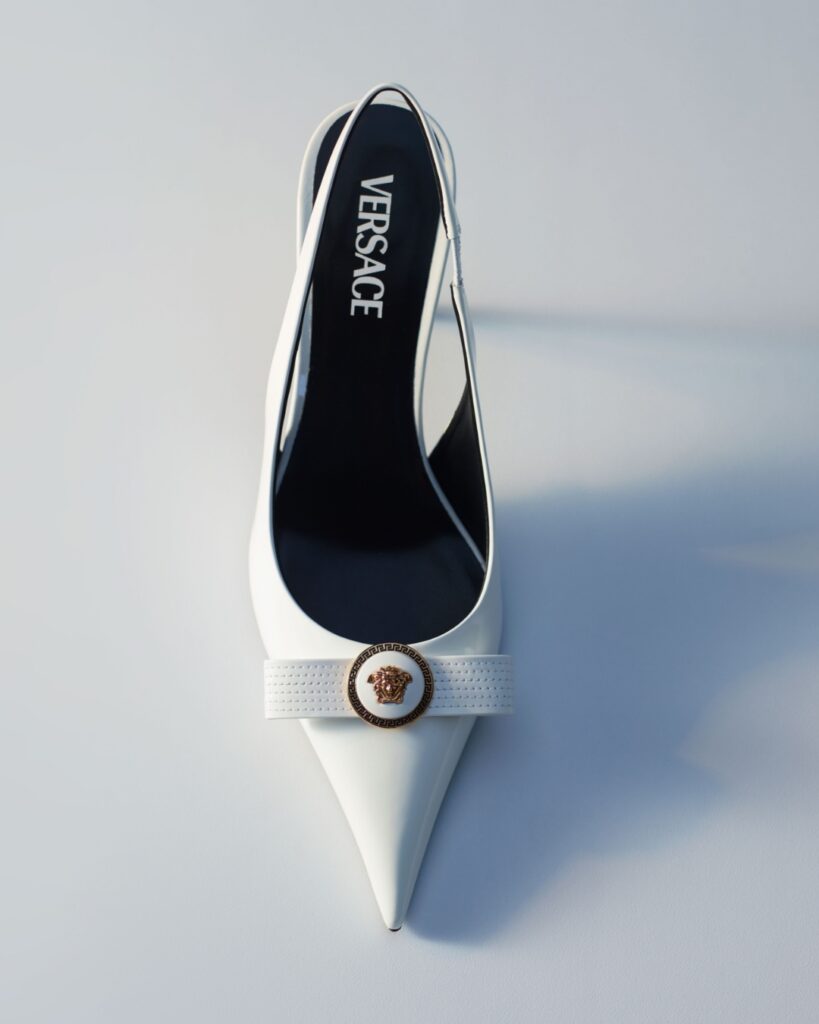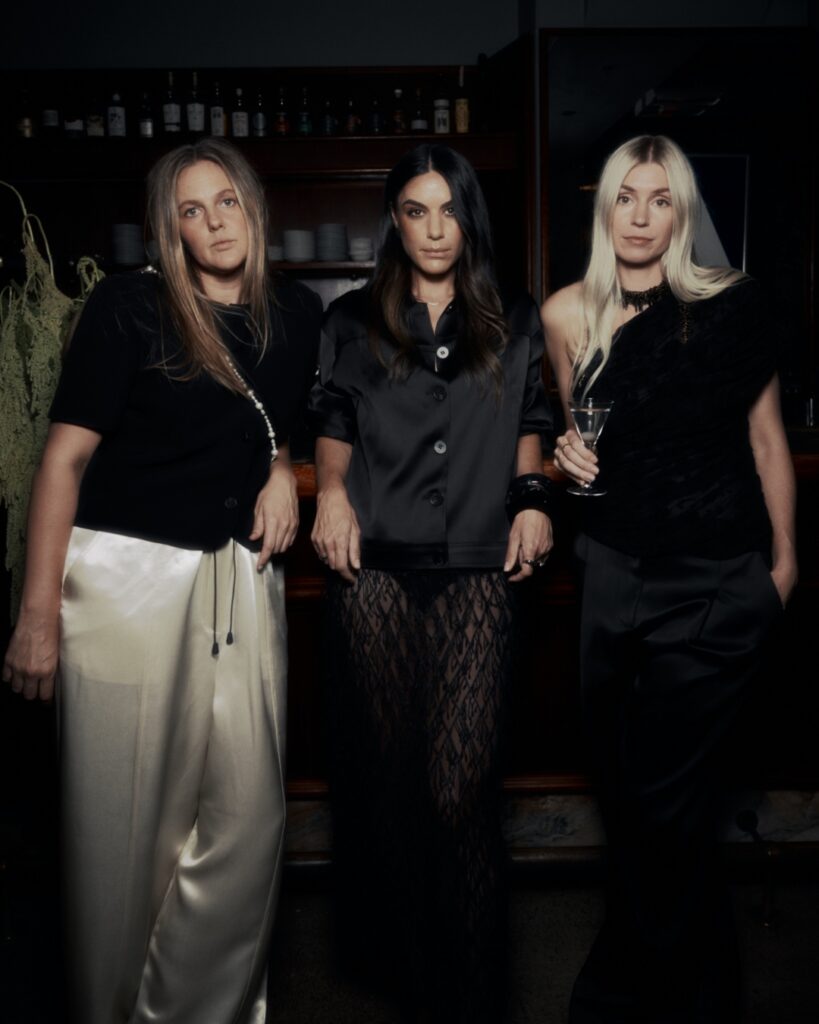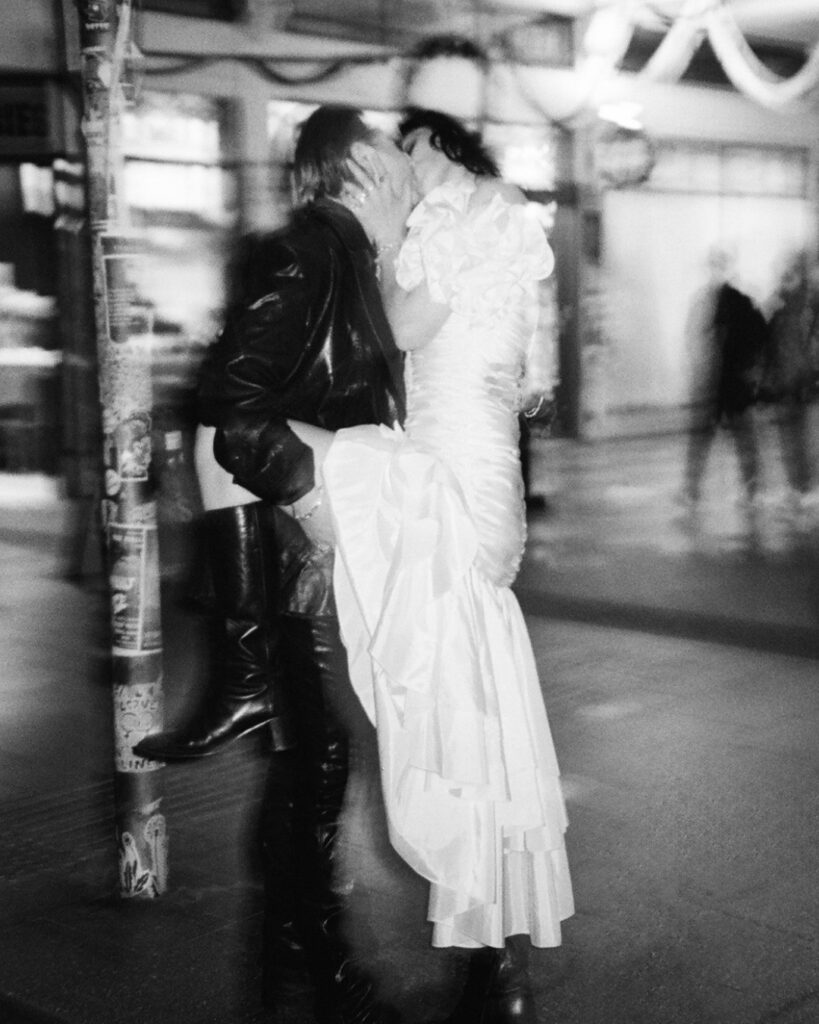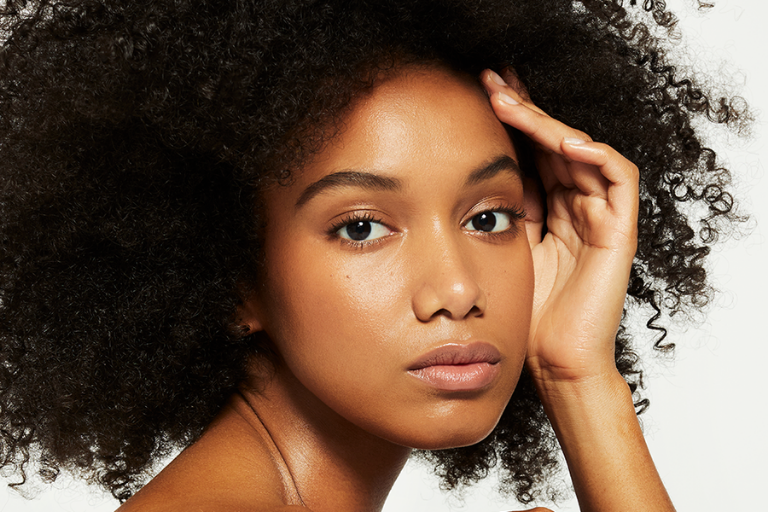
It’s a fact of life that it often deals us a great deal of stress. Whether it’s caused by acute events like relationship break-ups and job losses, or general anxiety about this that and the other thing, it’s a relatively constant presence, but in the past two years, the pandemic has added an additional layer, and many of us are starting to see its effect on our appearance.
“Globally, the demand for cosmetic procedures has ballooned,” says The Face Place’s Dr Catherine Stone. “During wartime last century, retailers noticed that sales of red lipstick went up when war was announced — the so-called ‘red lipstick effect’. Women wanted a little something to brighten their day and help them feel better. Cosmetic injectables are the red lipstick of the 21st century.”
The results of stress manifest themselves all over our face and body. “Common symptoms include hair loss, dry or sallow skin, acne breakouts, tired undereyes, increased frown and forehead lines, and squaring of the jaw due to teeth clenching or grinding causing hypertrophy of the jaw muscles,” says Dr Stone. Here we look at four of these issues and find out what you can do about them.
Problem one: Hair loss
Solution: PRP
You may remember the ‘vampire facial’ made famous by Kim Kardashian — it utilises PRP (platelet-rich plasma). In this process, your own platelets and plasma taken from a small sample of your blood are injected into the skin to stimulate cellular rejuvenation.
PRP was originally used to heal the heart, followed by tendons and ligaments, but recent research has shown that it can work for other parts of the body, including your hair. “In the past 10 years, the research has gained momentum and it’s become a popular procedure for hair loss and all types of alopecia,” says Dr Stone.
The professionals don’t understand the exact mechanism, she says, “but we know that it simulates the roots of the hair to thicken the hair, reversing the thinning process, as well as prolonging the anagen [active] phase of hair growth and stopping the hair from falling out.”
Hair loss is clearly a concern for men, but Dr Stone says it’s actually just as common in women. “It’s usually less obvious in women than in men because the ‘ageing’ form of hair loss in women results in more generalised thinning on the front, top and sides of the head, rather than the specific thinning at the crown and hairline that’s more noticeable in men.”
Like most medical procedures, different people respond differently to PRP. “We generally recommend a course of three to five treatments spaced a month apart, and then a maintenance treatment every three to 12 months,” says Dr Stone. “Some people will notice a change after one treatment that will continue to improve with each treatment, whereas for others it might take five or six treatments before they notice a significant change. Others might not respond at all.”
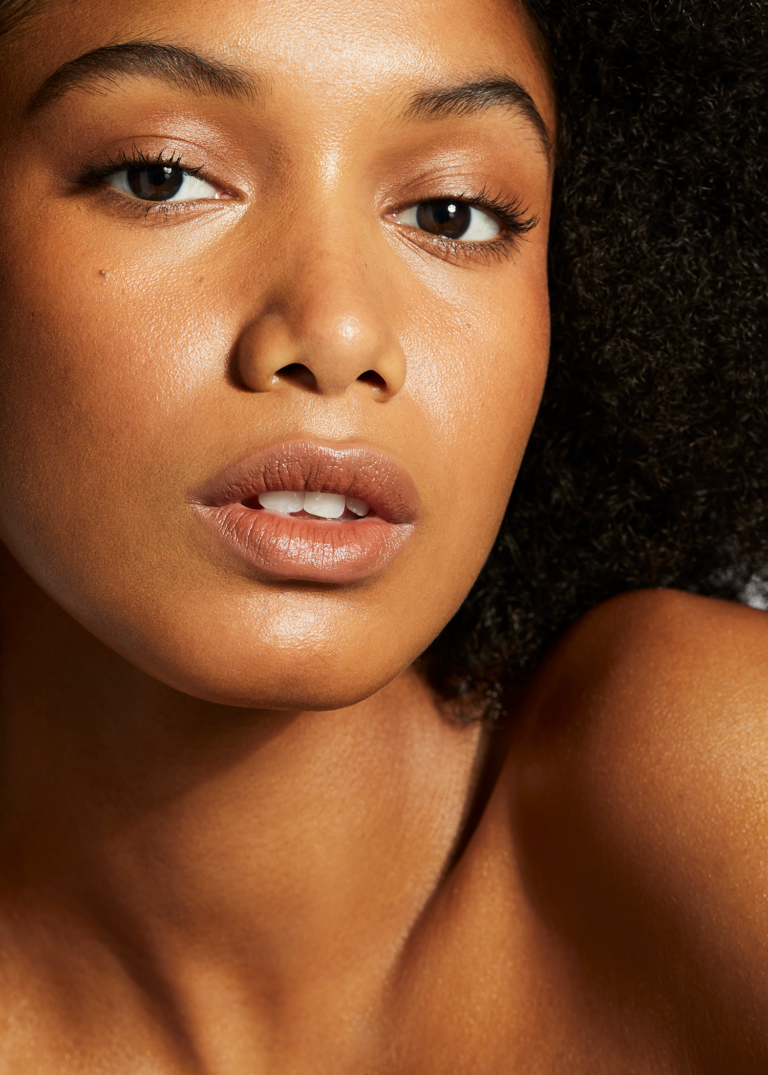
Problem two: Teeth Grinding
Solution: Botox.
If you wake up with a headache or have a tight jaw, it could be a sign that you’re grinding your teeth in your sleep. Teeth grinding, or bruxism, is known to be associated with stress and anxiety, and Botox can be a semi-permanent cure.
“We use Botox to relax the overactive muscles that are both the cause and result of bruxism,” says Dr Stone. “When we relax the muscles, the pain usually goes away, less damage is done to the teeth, and the jaw slims to more normal proportions.”
Keep in mind that this is not a one-size-fits-all approach. You’ll need a treatment plan that’s tailored to you, as the exact areas that the Botox should be placed in will depend on your symptoms and facial structure.
“Generally, we’d start with treating the masseter muscles, the big jaw muscles you can feel and see on either side of the jaw when you close your mouth,” says Dr Stone. “Some people will need treatment in their temporalis muscle, in the temples, and if there’s a clicky jaw, we might consider treatment in the pterygoid muscles, which are hidden more deeply inside the jaw. If headaches or migraines are an issue, you might also receive treatment in the frown, forehead, any trigger points, and sometimes the occipitalis muscle at the back of the head and/or the trapezius neck muscle.
It’s a complicated medical issue, so you need to see an injector who’s trained in and experienced with jaw Botox.”
The frequency of your visits will need to be tailored to suit your needs as well. Dr
Stone says it depends on the strength of your muscles and the dose of Botox used. “Usually we see people every three to six months, but sometimes it’s less and sometimes it’s more. We have had a few people who’ve found that their bruxism disappeared and never came back after just one treatment, but that’s not very common.”
Problem three: Maskne
Solution: Healite II LED Light.
‘Maskne’, aka acne caused by wearing a protective face mask, has become a buzzword in the beauty industry, and as the pandemic continues, it’s not going away anytime soon. Along with being stressed out by Covid, the combination of friction from the mask and warmth from trapped breath creates the perfect environment for acne-causing bacteria to fester in.
“Stress doesn’t directly cause acne, but it can cause hormonal imbalances that mean that if you’re prone to acne, stress can make it worse,” says Dr Stone. “It might also take longer for acne or any other wounds or inflammation to heal if you’re stressed.”
If you’re suffering from maskne, Dr Stone recommends consulting with a skin therapist to review your skincare products and see if any needs to be changed. “Sometimes it might mean adding a gentle exfoliant like alpha-hydroxy acids or enzymes if your skin’s congested, or stopping them for a bit if your skin’s looking irritated and inflamed,” she says. “Adjusting your moisturiser or sunscreen may help provide a level of lubrication or protection to reduce the chafing on the skin by the mask, reducing the damage to the normal skin barrier that acne bacteria like to take advantage of.”
Unfortunately, she adds that there’s no one quick and easy solution, but having an experienced professional guide on your side will give you the best chance of getting good results without wasting your money.
Another option is to consider to combat this is light therapy, such as the Healite II. This machine uses gentle UV-free LED light to target specific concerns. For maskne, Dr Stone recommends the machine’s near infared/red/yellow lights as they reduce inflammation, speed up healing and help improve the skin barrier.
“The blue light can also be helpful in reducing the concentration of acne-causing bacteria, but the main symptoms of acne occur due to the inflammation caused by the bacteria, not the bacteria themselves,” she says. “In addition to helping to heal your maskne, you’ll probably notice the rest of your face starts to look more radiant too.”
For best results, it’s recommended that you undergo a course of eight to 10 LED light treatments spaced two to three days apart. After the initial course, one treatment a month should help you maintain your results. And if you want to take it a step further, with the guidance of your skin therapist you could add some light nutritional peels alongside the Healite II, which will improve skin cell turnover and work to reduce the build-up of skin and make-up that can cause whiteheads and blackheads and, in turn, acne.
Problem four: Increased lines
Solution: Botox.
You’ve probably heard about the Zoom effect — the large uptick of women and men who are opting to get Botox after spending a significant amount of time observing their own expressions on Zoom calls. It’s something that’s been well documented in the media, and Dr Stone has seen it first-hand. “We definitely noticed a lot of people coming out of lockdown and commenting that they hadn’t realised how angry, sad or worried they looked when talking until they saw themselves on screen,” she says.
All those hours watching your own face in action is something most of us are just not used to, so our frown lines, squint lines and laugh lines can appear deeper than we thought they were. It’s important to keep in mind that a Zoom call is never that flattering, though. The lighting and camera angle are probably not going to be working in your favour, so you shouldn’t expect to look your best in virtual meetings.
That said, if you do want to do something about some of your lines, Botox could be the answer. But once again, a lot of factors need to be considered to determine if it’s right for you.
“It depends on the lines — where they are, how deep they are, what they’re caused by, what your skin is like, how you scrunch up your face when you’re talking, and a heap of other factors,” says Dr Stone. “If you’re noticing grumpy frown lines, then Botox might be your best option — but occasionally it might not. Botox is only one tool that an experienced clinician can use, and every face is different — it’s part of the fun of our job!”


